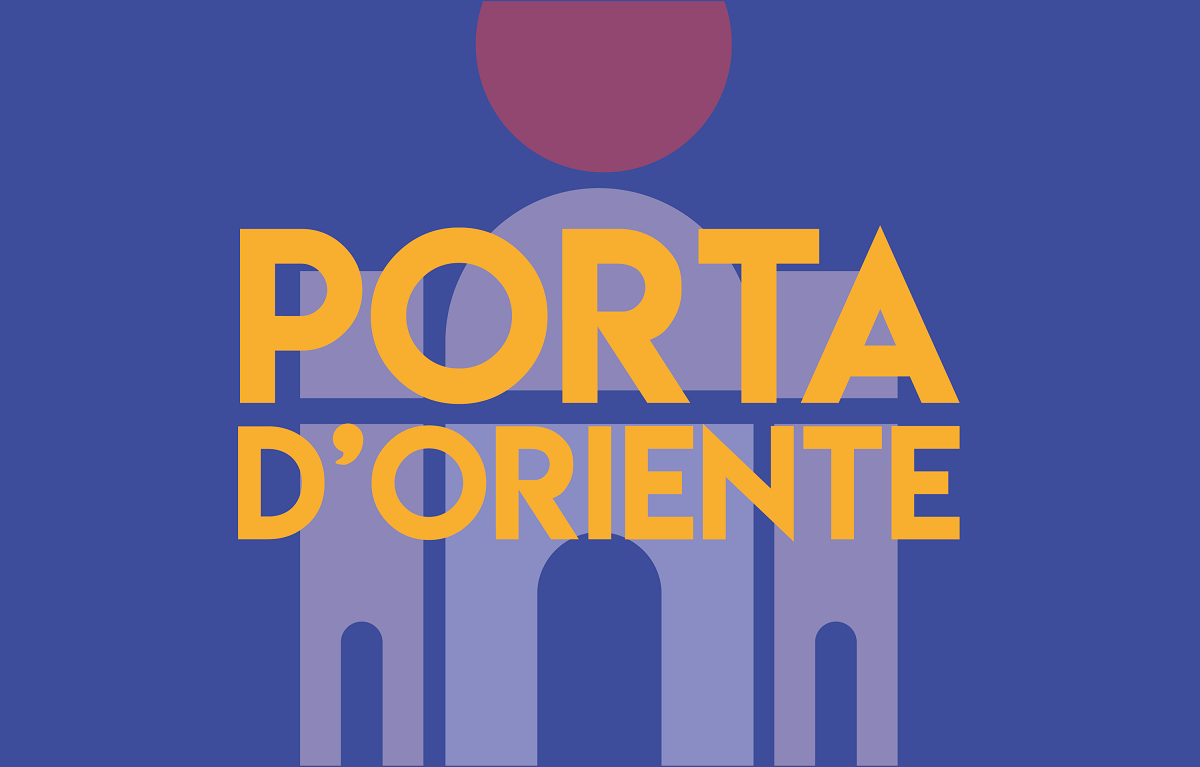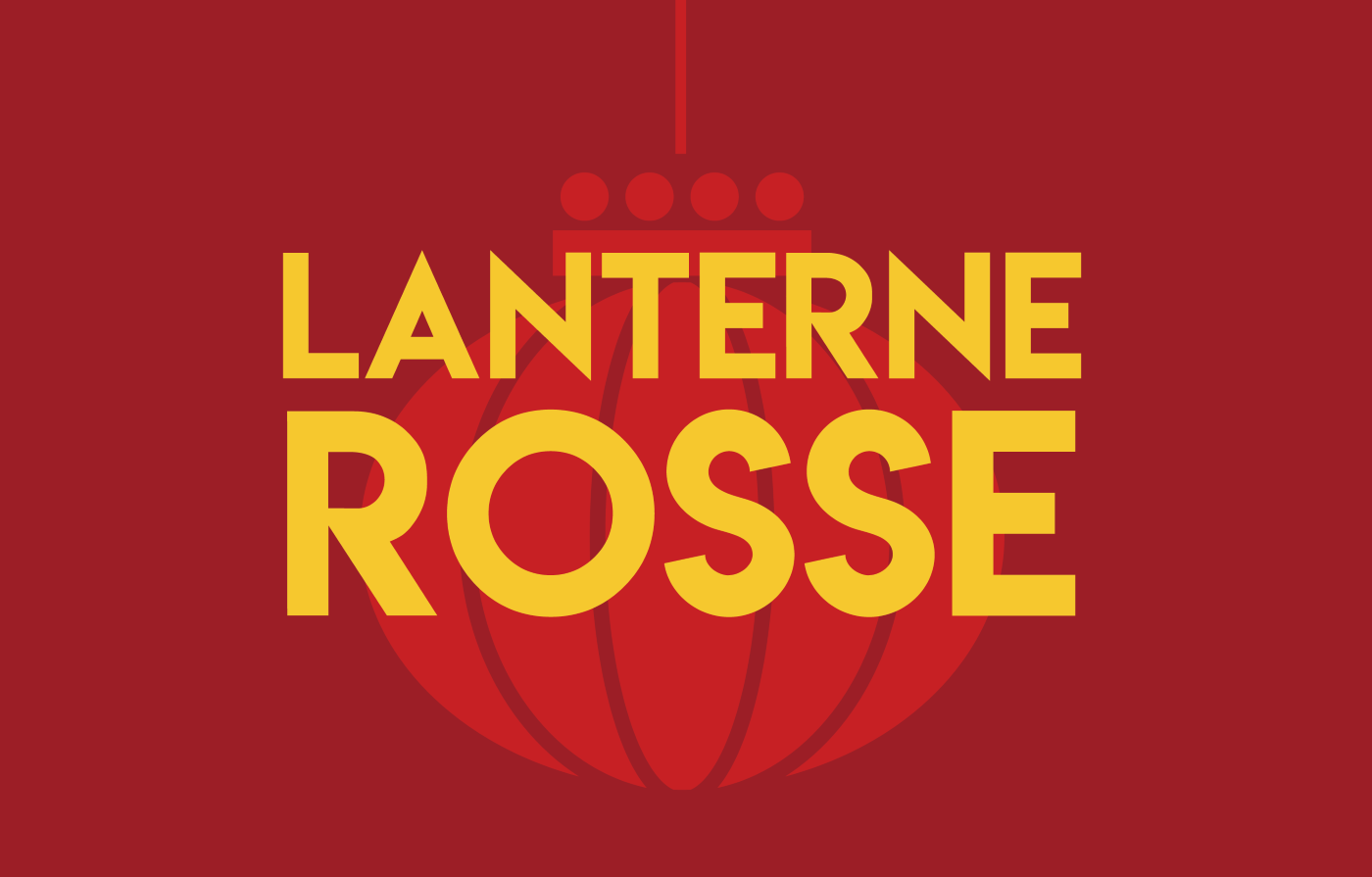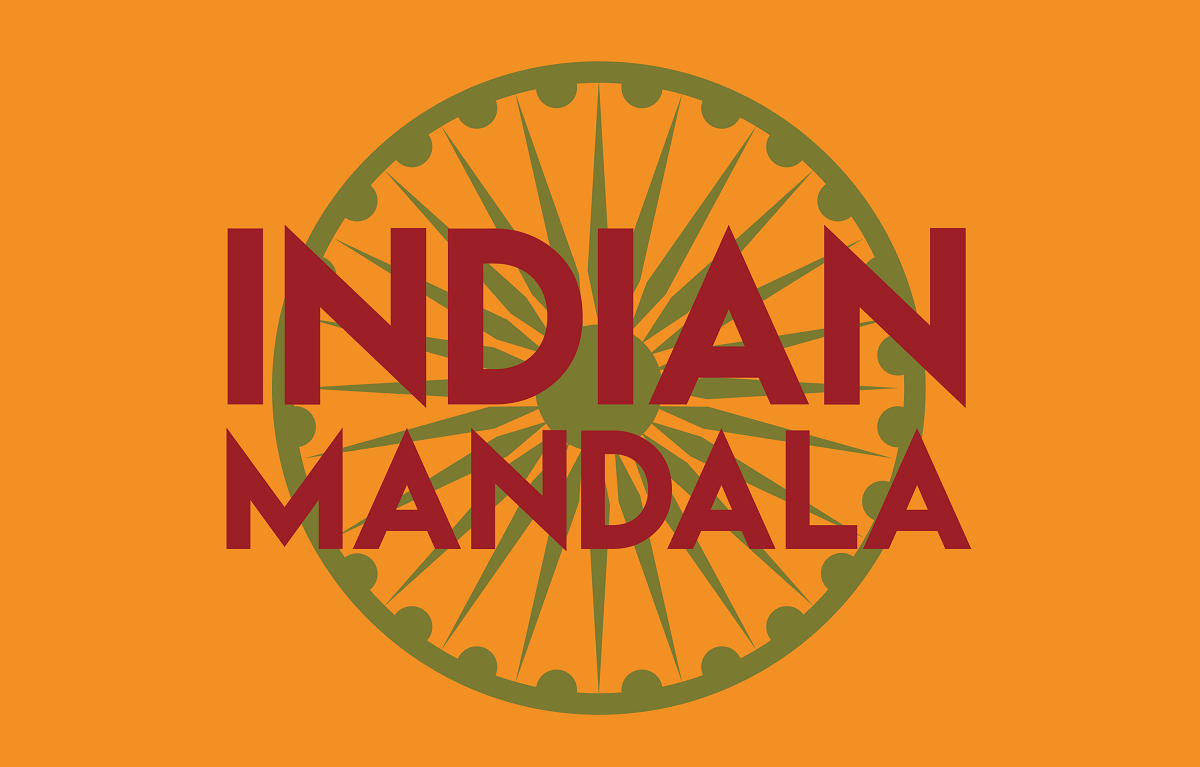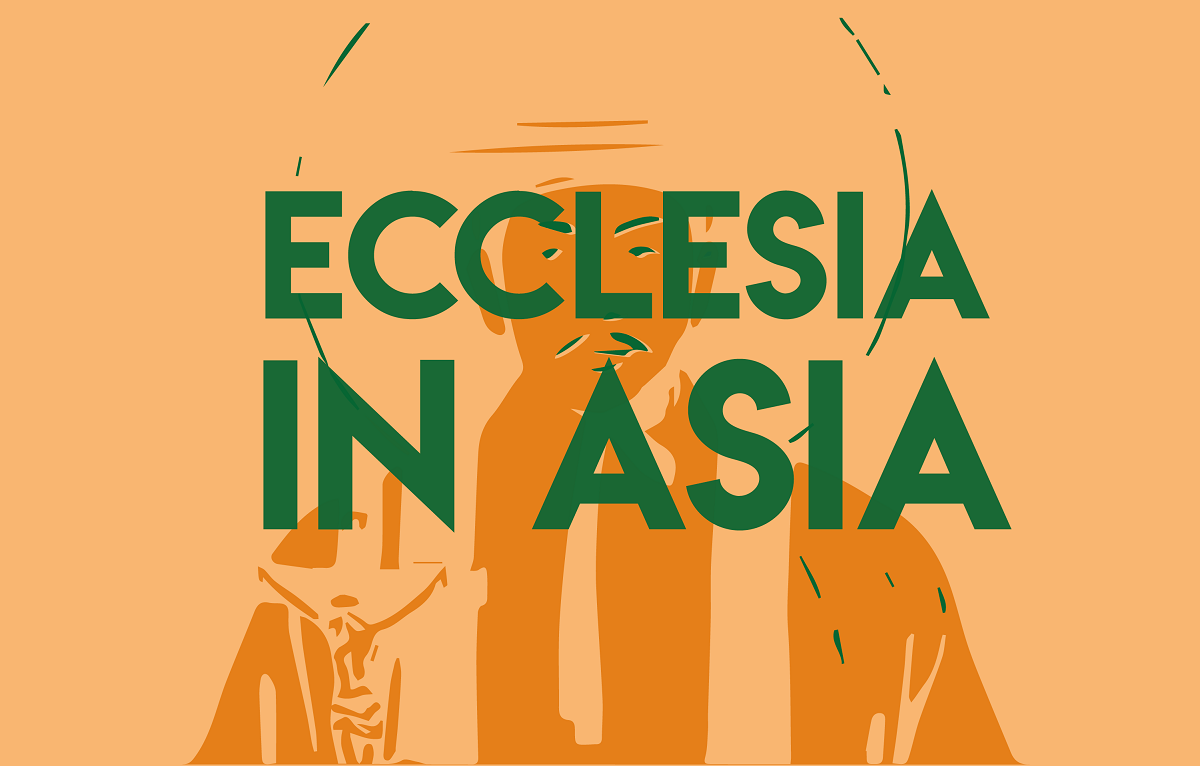Sri Lanka: consanguineous marriages behind the boom in thalassaemia and genetic diseases
Seven out of every 100 couples on the island are related by blood. The figure drops to 4% among Sinhalese and Muslims, but reaches almost 25% among Tamils. Among the most sensitive diseases is thalassaemia, present in 50% of children born to blood relatives among the Tamils. The defence of the land and ancestral traditions fuel marriages within the family.
Colombo (AsiaNews) - Sri Lanka is facing a silent but no less worrying genetic problem linked to the fact that about seven out of every 100 married couples are blood relatives (primarily cousins) or close relatives. Among the Sinhalese and Muslims, the percentage is about 4%. But among the Tamils, the figure is significantly higher, affecting almost one in four couples. Many families have children with beta thalassaemia (β-thalassaemia) and, among these, 15% of parents are related by blood. In the Tamil community, the number of patients with thalassaemia is 50%.
Consanguineous marriages are common in some ethnic groups or populations for social, economic or cultural reasons; however, this practice also carries a higher risk of transmitting genetic diseases to offspring, as related individuals are more likely to be carriers of the same recessive genetic mutations.
Several universities on the island recently conducted a survey collecting data on more than 8,000 marriages, which found that about seven out of 100 couples are consanguineous, with 4% among Sinhalese and Muslims and up to 25% among Tamils. The research revealed that most families have children with thalassaemia, a serious hereditary blood disorder. Although marriages between cousins are not a widespread problem at the national level, this practice is more deeply rooted in some communities and carries several socio-health risks.
Although most children born to cousins are healthy, if there are cases of this rare blood disorder in the community, the risks increase with each generation. Children with this disease need regular blood transfusions throughout their lives and also require expensive medication to prevent damage to their heart and liver.
Apeksha Samarasinghe and Gihan Athukorala, doctors and scholars, explain to AsiaNews that ‘the single gene disorder prevalent in Sri Lanka is thalassaemia’ and ‘there are about 2,000 patients’ affected by this serious disease in the country. ‘Consanguineous marriages,’ they say, ‘play a significant role in transmission in many communities. This is a hereditary blood disorder in which the body produces reduced amounts of haemoglobin, leading to anaemia, fatigue, weakness and pale skin. The severity of the problem,’ they point out, ‘ranges from mild to severe, the latter often requiring regular blood transfusions.’
‘Complications,’ the academics warn, ‘can also include growth retardation, bone problems, many facial changes, liver and gallbladder problems, enlarged kidneys, enlarged spleen, diabetes, hypothyroidism and heart problems.’ Thalassaemia ‘mainly occurs together with the destruction of a large number of red blood cells. This causes the spleen to become larger and work harder than usual. An enlarged spleen,’ they conclude, ‘can worsen anaemia. It can also reduce the life of red blood cells received in a transfusion.’
Senaka Dissanayaka, Nishsnthi Wijerathna and Anuruddha Jayamanna, civil registry officials, explain that ‘marriage between close relatives is mainly based on land, especially that inherited from ancestors. People in rural areas,’ they continue, "are of the opinion that if an outsider marries their son or daughter, the land will be inherited by outsiders. Therefore, marriages between cousins will keep the property within the family. When the inheritance is shared among close relatives through marriages within the family circle, disputes over land will be avoided. Most families in rural areas know each other's background. Therefore, parents feel more secure choosing a partner from among their relatives, especially for their daughters." Added to this is the fact that in the North and East, due to decades of ethnic conflict, social networks ‘have been reduced and families have often turned to cousins because the number of suitable partners was limited,’ warn Senaka, Nishsnthi and Anuruddha.
Some scholars believe that there is a higher likelihood of birth defects and developmental delays among families who marry between cousins. Although some are convinced that cousin marriages should be completely banned by law in order to prevent the transmission of such serious problems, bans only create silence, secrecy and resentment, rather than permanent solutions.





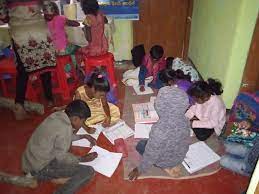

.png)
